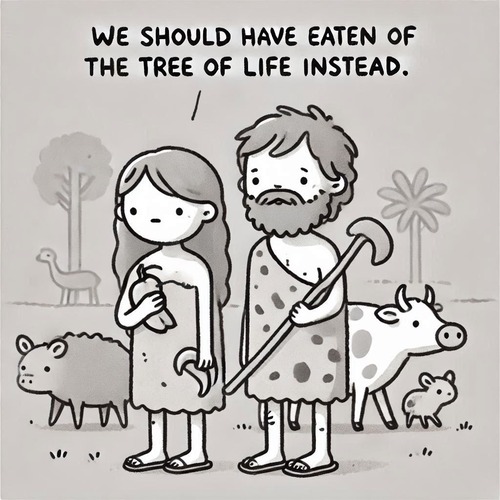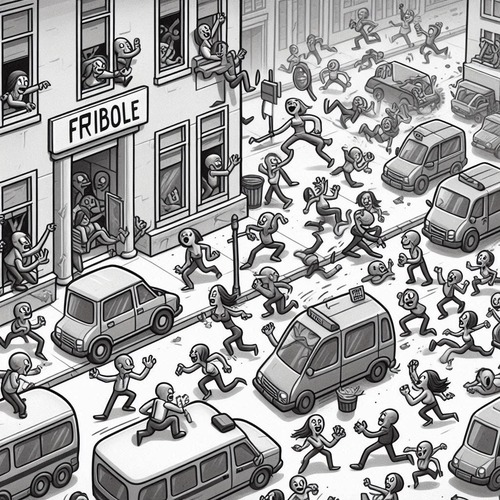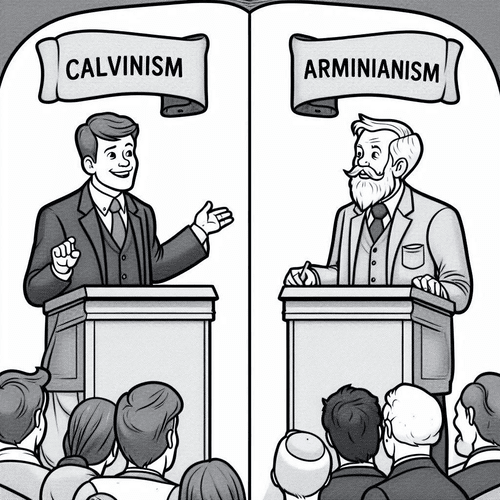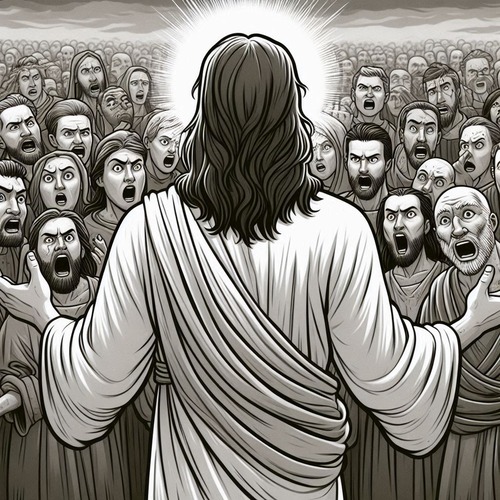Unlocking the Mystery: What—or WHO—is the Tree of Life?
From Garden to Glory: A Reformed Study
The story begins in a garden and ends in a glorious city. At both ends of Scripture’s grand narrative stands an extraordinary tree—the Tree of Life. Yet this isn’t mere ancient history. The tree is both a future hope and a present reality that changes everything about how we understand life itself.
What is the Tree of Life? A Mystery Planted in Eden
When God planted a garden eastward in Eden, He placed at its heart two remarkable trees. One would become infamous—the Tree of Knowledge of Good and Evil (Genesis 2:9).
But the other, the Tree of Life, carries a mystery that spans from creation to consummation. This wasn’t just any tree. Its presence, purpose, and ultimate meaning weave through Scripture like a golden thread, pointing to something—or rather, Someone—far greater than a mere botanical wonder.
Why would God place such a tree in Eden? The answer unfolds through the entirety of redemptive history, revealing God’s eternal plan for His people.
Meeting the Mystery Tree in Eden
In the pristine paradise of Eden, the Tree of Life stood as a testament to God’s generous provision. Here, even before sin cast its long shadow, life was freely offered. Adam and Eve enjoyed unhindered access to this life-giving tree, though Scripture suggests they never ate from it. This detail becomes crucial as we understand God’s gracious design.
The tree served as a sacramental sign—a visible representation of the eternal life found in fellowship with God. Its presence declared that life, true life, comes from God alone. Even in Eden’s perfection, humanity’s dependence on divine life-giving grace was beautifully clear (Genesis 3:22-24).
Yet in this original setting, we find the first whispers of a greater reality. The tree’s placement, purpose, and even the later prohibition of access all point forward to Someone who would become the true source of eternal life.
Christ: The Mystery Revealed
The mystery of the Tree of Life finds its full revelation in Jesus Christ. When He declared, “I am the way, the truth, and the life” (John 14:6), He wasn’t merely making another messianic claim—He was revealing Himself as the reality to which the Tree of Life had always pointed.
Consider how Jesus describes Himself: “I am the bread of life” (John 6:35), “If anyone thirsts, let him come to me and drink” (John 7:37), “I came that they may have life and have it abundantly” (John 10:10). Each declaration echoes Eden’s tree while transcending it. The signs that accompanied His ministry—turning water to wine, multiplying bread, raising the dead—all testified to His life-giving power.
Most profoundly, the cross itself is a tree of life. What magnificent irony: the instrument of death becomes the source of eternal life. As Reformed theologian John Calvin notes, “Christ has been grafted into us and lives in us… we draw from Him the life-giving sap.”
Wisdom Literature’s Bridge
Between Eden and Christ, Scripture maintains this vital imagery through its wisdom literature. Proverbs declares four times that wisdom is “a tree of life” to those who lay hold of her (3:18, 11:30, 13:12, 15:4). This isn’t mere coincidence or poetic flourish.
Paul later reveals that Christ is “the wisdom of God” (1 Corinthians 1:24). The connection thus becomes clear: the Tree of Life imagery in Proverbs points to Christ as divine Wisdom incarnate. He is the One who gives life through the wisdom of God for salvation.
Typology: The Tree’s Shadow Through Scripture
Throughout the Old Testament, God provided prophetic echoes of the Tree of Life—each pointing to Christ:
- Aaron’s rod that budded (Numbers 17:8), showing God’s chosen source of life and priesthood
- The bronze serpent lifted up, which Jesus explicitly connected to His own lifting up for our salvation (John 3:14-15)
- The recurring imagery of living water and fruitful trees in the Psalms (Psalm 1:3) Prophets (Jeremiah 17:7-8)
- The vine and branch metaphors that Jesus would later claim for Himself
Scripture helps us see these aren’t disconnected symbols, but a coherent revelation of God’s covenant promises, all finding their yes and amen in Christ.
Life Lost and Restored
After the Fall, God stationed cherubim with a flaming sword to guard the way to the Tree of Life. This wasn’t mere punishment—it was profound mercy. In humanity’s fallen state, eternal physical life would have meant eternal existence in sin, forever separated from God’s redemptive purpose.
But God’s prohibition was always temporary, pointing toward a greater provision. Christ’s work on the cross—described by Peter as occurring on a “tree” (1 Peter 2:24)—removes the barrier. The veil is torn, and access to life is restored, not through a physical tree, but through the living Christ (Hebrews 10:20).
In the Reformed perspective, this restoration exceeds Eden’s original offer. As Herman Bavinck writes, “The grace of God in Christ is deeper, richer, and more abundant than the blessings Adam and Eve enjoyed in paradise.” We gain not just access to life, but union with the Life-giver Himself.
The Tree in Glory (Revelation)
When John’s apocalyptic vision pulls back the curtain on the New Jerusalem, we find the Tree of Life again, now growing on both sides of the river of life (Revelation 22:2). Its leaves are “for the healing of the nations,” and it bears twelve kinds of fruit. This isn’t mere restoration of Eden—it’s creation’s glorious fulfillment.
The tree’s abundance—twelve fruits, yielding monthly—speaks to Christ’s all-sufficient provision. Its healing leaves demonstrate the comprehensive nature of Christ’s redemption, touching every aspect of creation. Access is no longer restricted but freely given to those who “wash their robes” in the Lamb’s blood (Revelation 22:14).
What is the Tree of Life? Mystery Becomes Invitation
The mystery of the Tree of Life finds its answer in Christ. What was lost in Adam is more than restored in Jesus. The flaming sword no longer bars our way—Christ has opened a “new and living way” through His flesh (Hebrews 10:20).
This truth demands response. Jesus’s words echo through history: “Come to me… and I will give you rest” (Matthew 11:28). The Spirit and the Bride say, “Come.” Let the one who is thirsty come; let the one who desires take the water of life without price (Revelation 22:17).
In Christ, we find what the Tree of Life always promised: not mere endless existence, but eternal life in perfect communion with God. The mystery has been revealed, and the invitation stands. Come and eat. Come and live.
What is the Tree of Life? Related FAQs
- Did Augustine and Calvin differ in their understanding of the Tree of Life’s purpose? Augustine viewed the Tree of Life primarily as a sacramental sign, sustaining Adam’s physical immortality had he not fallen. Calvin, while affirming this sacramental aspect, emphasised its role as a testimony to God’s fatherly care and Christ’s future coming. Their views complement rather than contradict, with Calvin building on Augustine’s foundation while drawing stronger Christological connections.
How do Reformed theologians explain the tree’s presence in Revelation if Christ is the true Tree of Life? Geerhardus Vos and other Reformed scholars see this as an example of biblical symbolism coming full circle, where the symbol and reality appear together to demonstrate fulfillment. The physical tree in Revelation serves as an eternal memorial of Christ’s life-giving work, much like how the Lord’s Supper will give way to the marriage supper of the Lamb. This dual presence highlights both Christ’s fulfillment of the type and the concrete reality of our eternal life in Him.
- What’s the Reformed perspective on why Adam and Eve apparently never ate from the Tree of Life before the Fall? Reformed theologians see profound significance in this detail of the Genesis narrative. Jonathan Edwards argued that God, in His wisdom, first required a period of testing Adam’s obedience before granting permanent access to eternal life through the tree. Herman Bavinck expanded on this, explaining Adam’s state in Eden was provisional—he had access to the means of eternal life (the tree) but needed to secure this gift through covenant faithfulness. This aligns with Reformed covenant theology: Adam, as federal head, was placed in a probationary period where his obedience would have secured eternal life not just for himself but for all humanity, a task that ultimately only Christ, the last Adam, would accomplish.
Does the Tree of Life have any connection to Reformed sacramental theology? Francis Turretin and later Reformed theologians draw strong parallels between the Tree of Life and the sacraments, particularly the Lord’s Supper. They argue that just as the tree was a visible sign of invisible grace in Eden, the sacraments serve as signs and seals of our union with Christ. This connection helps explain why Reformed theology emphasizes the real spiritual presence of Christ in the Supper without requiring physical transformation of the elements.
- How do Reformed thinkers reconcile the Tree of Life’s physical benefits with spiritual life in Christ? Abraham Kuyper and modern Reformed scholars emphasize that redemption affects both body and soul, seeing the Tree of Life as evidence of this dual reality. The tree’s physical and spiritual benefits foreshadowed Christ’s comprehensive redemption of both spiritual and physical life. This understanding supports the Reformed view of Christ’s lordship over all creation and the ultimate resurrection of the body.
What role does the Tree of Life play in Reformed eschatology? Modern Reformed theologians such as GK Beale see the Tree of Life as central to understanding the nature of New Creation. The tree’s reappearance in Revelation suggests not just restoration but escalation—a greater reality than Eden. This connects to the Reformed emphasis on the already/not yet nature of Christ’s kingdom, where we currently have spiritual access to Christ our Life while awaiting physical resurrection and full communion.
- How do Reformed theologians interpret the “healing of the nations” by the tree’s leaves in Revelation 22? John Owen and subsequent Reformed thinkers view this healing as representing the comprehensive scope of Christ’s redemptive work across all peoples and cultures. The monthly fruit and healing leaves suggest the ongoing application of Christ’s benefits to His people in glory. This interpretation supports the Reformed understanding of Christ’s universal lordship while maintaining particular redemption.
What is the Tree of Life? Our Related Posts
- Consequences of Sin in Genesis 3: Fall and Redemption
- How Sin Affects Our Mind: The Noetic Effects of the Fall
- How Is Original Sin Transmitted? A Reformed Perspective
- Types of Christ and His Cross in the Old Testament
Editor's Pick
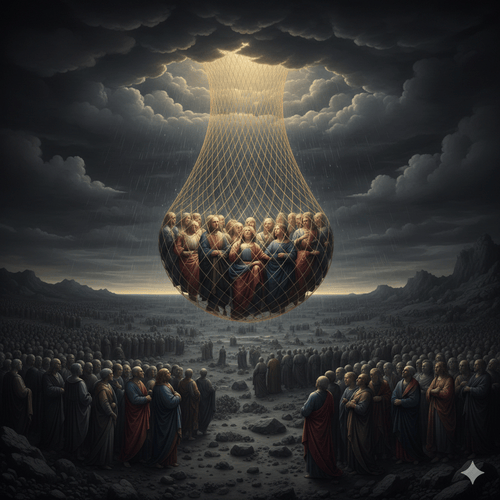
Why Do People Hate the Doctrine of Election?
…WHEN THEY REALLY SHOULDN’T Few Bible doctrines provoke stronger reactions than election. The idea that God chose some for salvation [...]
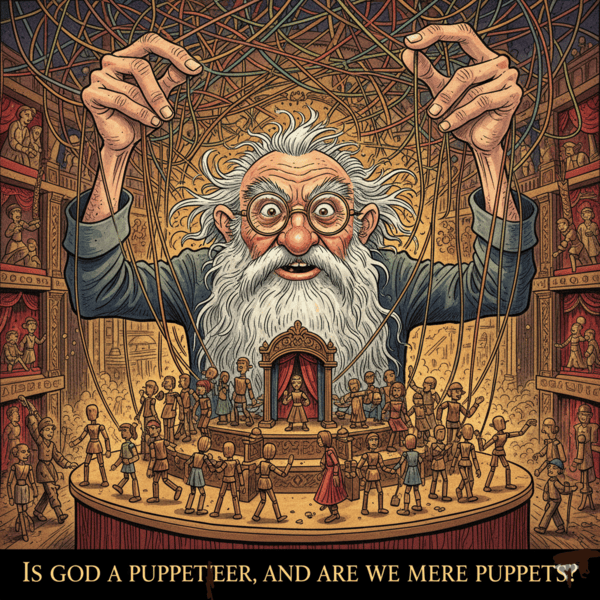
The Doctrine of Providence: Does God Really Govern All Things?
You’re sitting in the doctor’s office when the diagnosis lands like a thunderclap. Your mind races: Why this? Why now? [...]
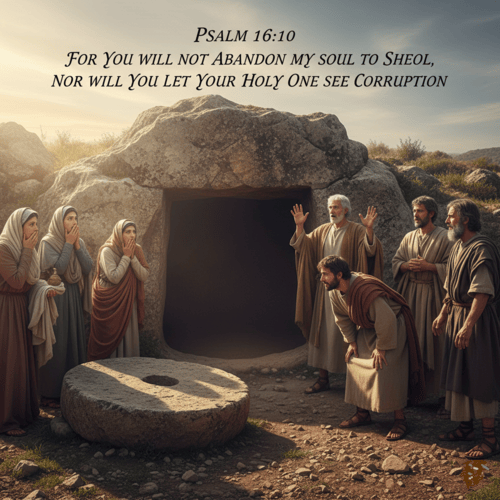
No Decay, No Defeat: What It Means That Christ’s Body Saw No Corruption
On the Day of Pentecost, Peter stood before thousands and made a startling claim: David's body decayed in the tomb, [...]
SUPPORT US:
Feel the Holy Spirit's gentle nudge to partner with us?
Donate Online:
Account Name: TRUTHS TO DIE FOR FOUNDATION
Account Number: 10243565459
Bank IFSC: IDFB0043391
Bank Name: IDFC FIRST BANK


